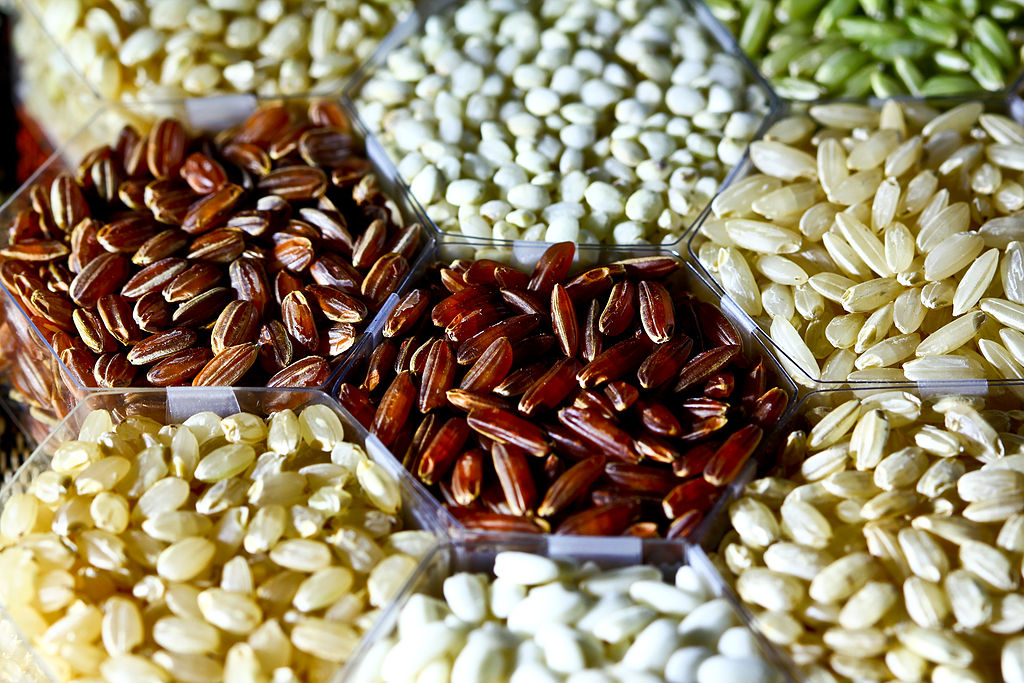Key Takeaways
- Rice and wheat are both cereal grains that belong to the grass family Poaceae and are grown in large quantities worldwide, providing food energy and carbohydrates.
- While rice (Oryza sativa) is the most widely consumed main food for a large part of the world’s human population, wheat (Triticum spp.) is the leading source of protein in the human diet, having a higher protein content than other major cereals such as maize or rice.
- Although both rice and wheat are considered staple crops and are rich sources of macronutrients and micronutrients, they have different sensory and nutritional properties, which include variations in classification, cultivation extent, grain color, energy content, gluten content, and potential allergic reactions.
Rice and wheat are both categorized as cereal grains, and although they share some similarities, they also have distinct sensory and nutritional properties. Cereal grains, which are grasses cultivated for the edible starch components of their grain, provide more food energy and carbohydrates worldwide than any other type of crop. Both rice and wheat are considered staple crops and are rich in macronutrients (carbohydrates, fats, oils, and protein) and micronutrients (vitamins, minerals), as well as bioactive phytochemicals (polyphenols, flavonoids, anthocyanin, carotenoids, etc.).
What is Rice?
Rice belongs to the grass species Oryza sativa and is the most widely consumed main food for a large part of the world’s human population. It is the third-highest global production agricultural commodity, after sugarcane and maize. As a staple food, rice plays a significant role in certain religions and popular beliefs.
What is Wheat?
Wheat is a cereal grain and is the third most-produced cereal after maize and rice. It is cultivated on more land area than any other commercial food crop. Wheat is the leading source of protein in the human diet, having a higher protein content than other major cereals such as maize or rice.
What is the difference between Rice and Wheat?
Rice and wheat have various differences, such as their scientific names, classification, extent of cultivation, parts of the grain, staple diet, grain color, energy content, gluten content, selenium content, potential genetic disorders or allergic reactions, and uses. Rice and wheat are the most important sources of carbohydrate and protein in a majority of countries, and they are major components of diets due to their agronomic adaptability, ease of grain storage, and ease of converting grain into flour for making edible, palatable, interesting, and satisfying foods.
